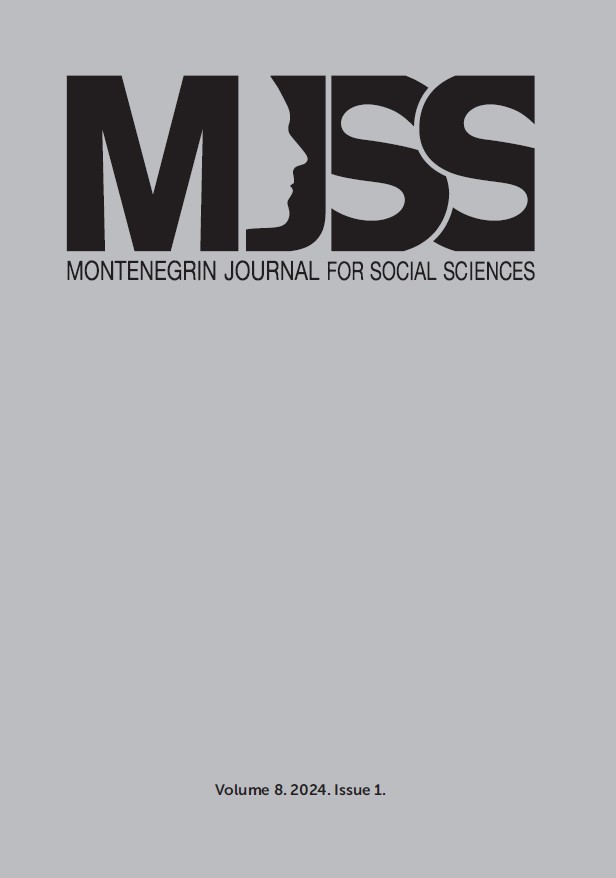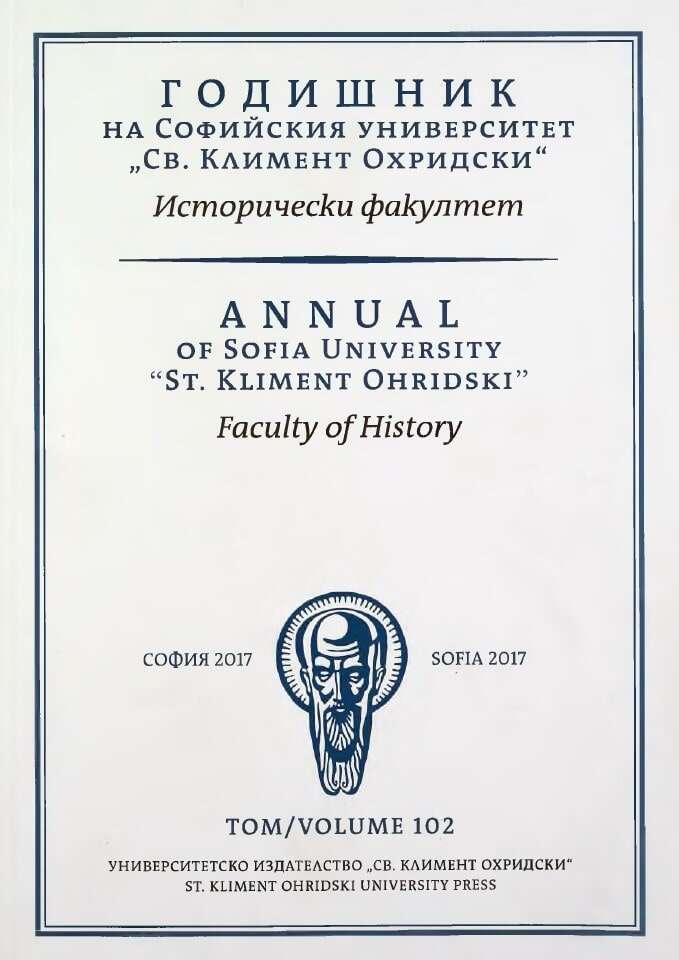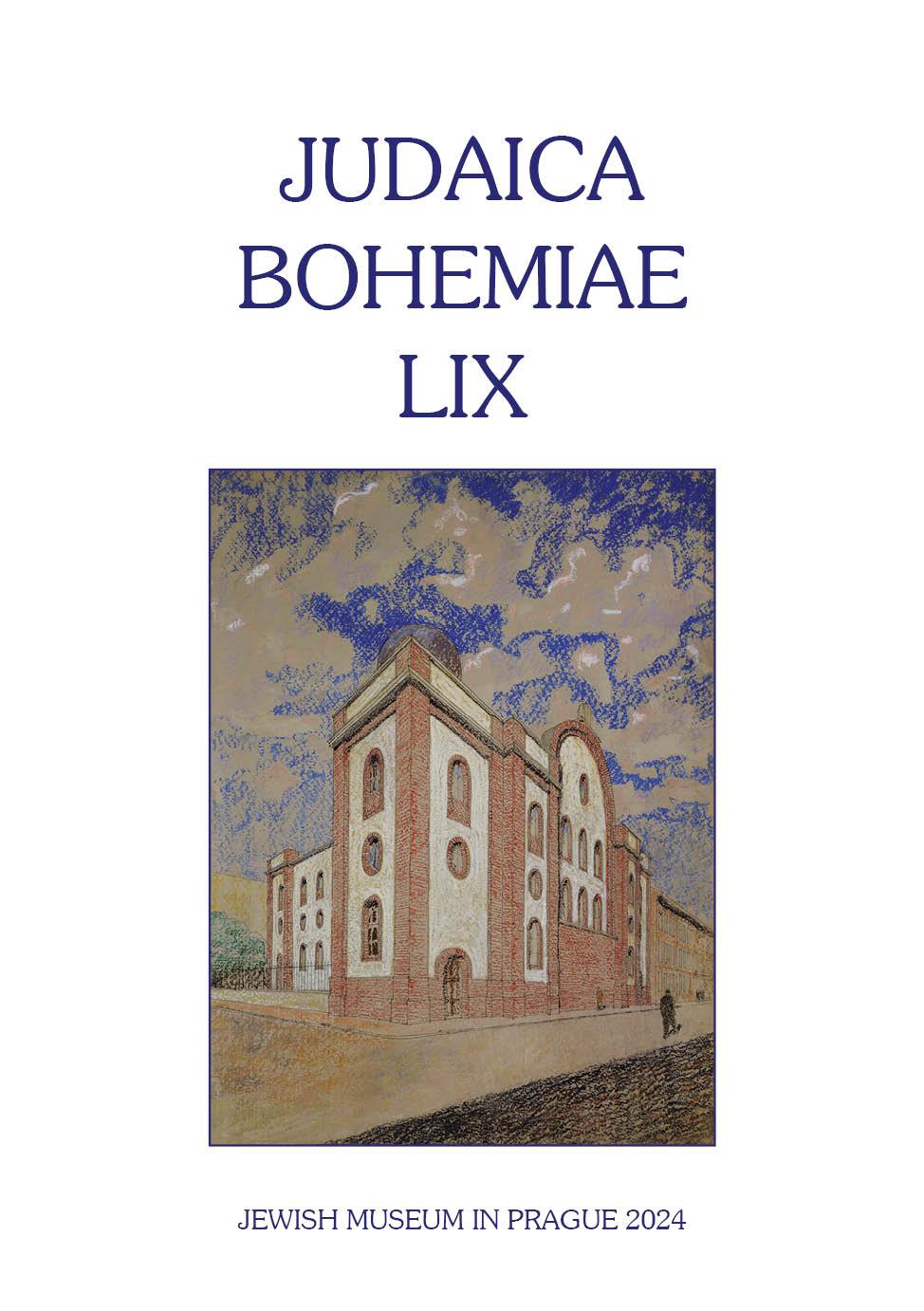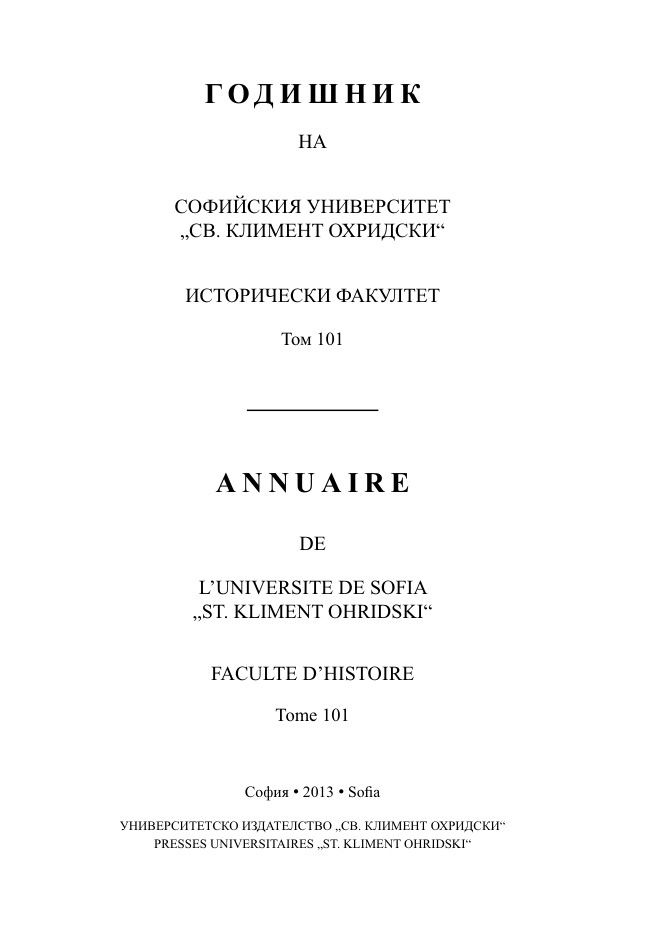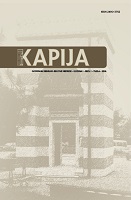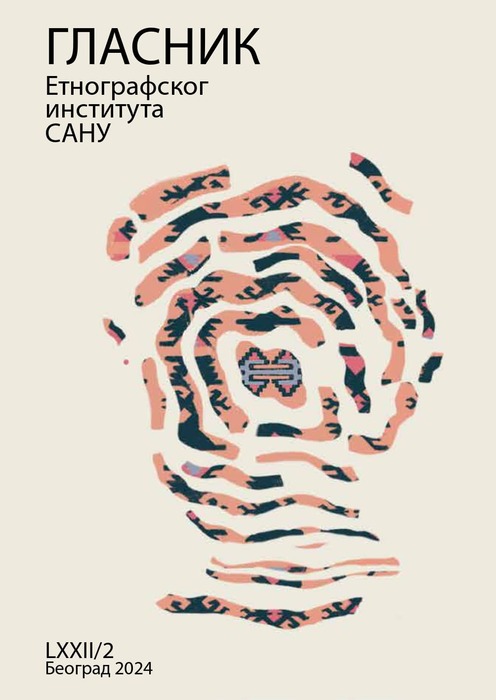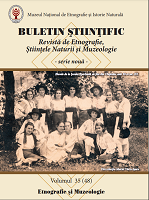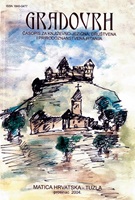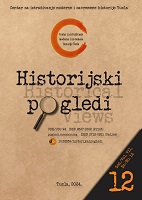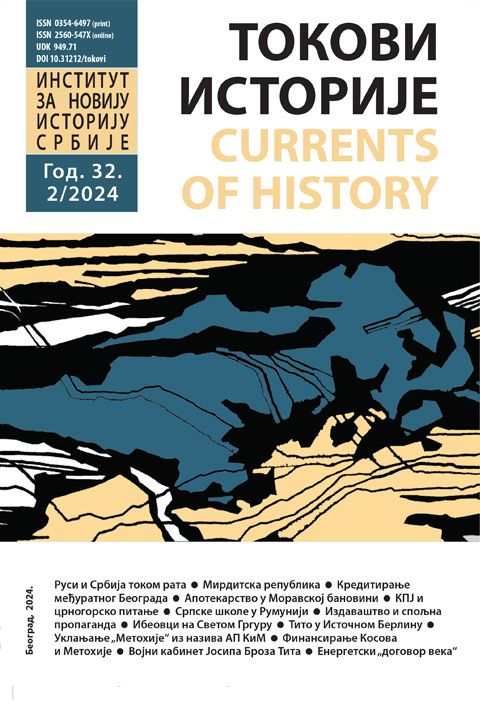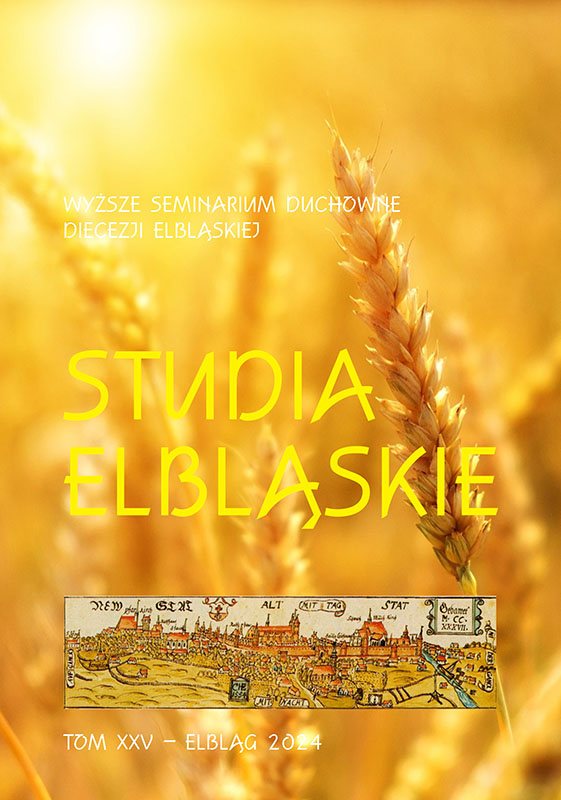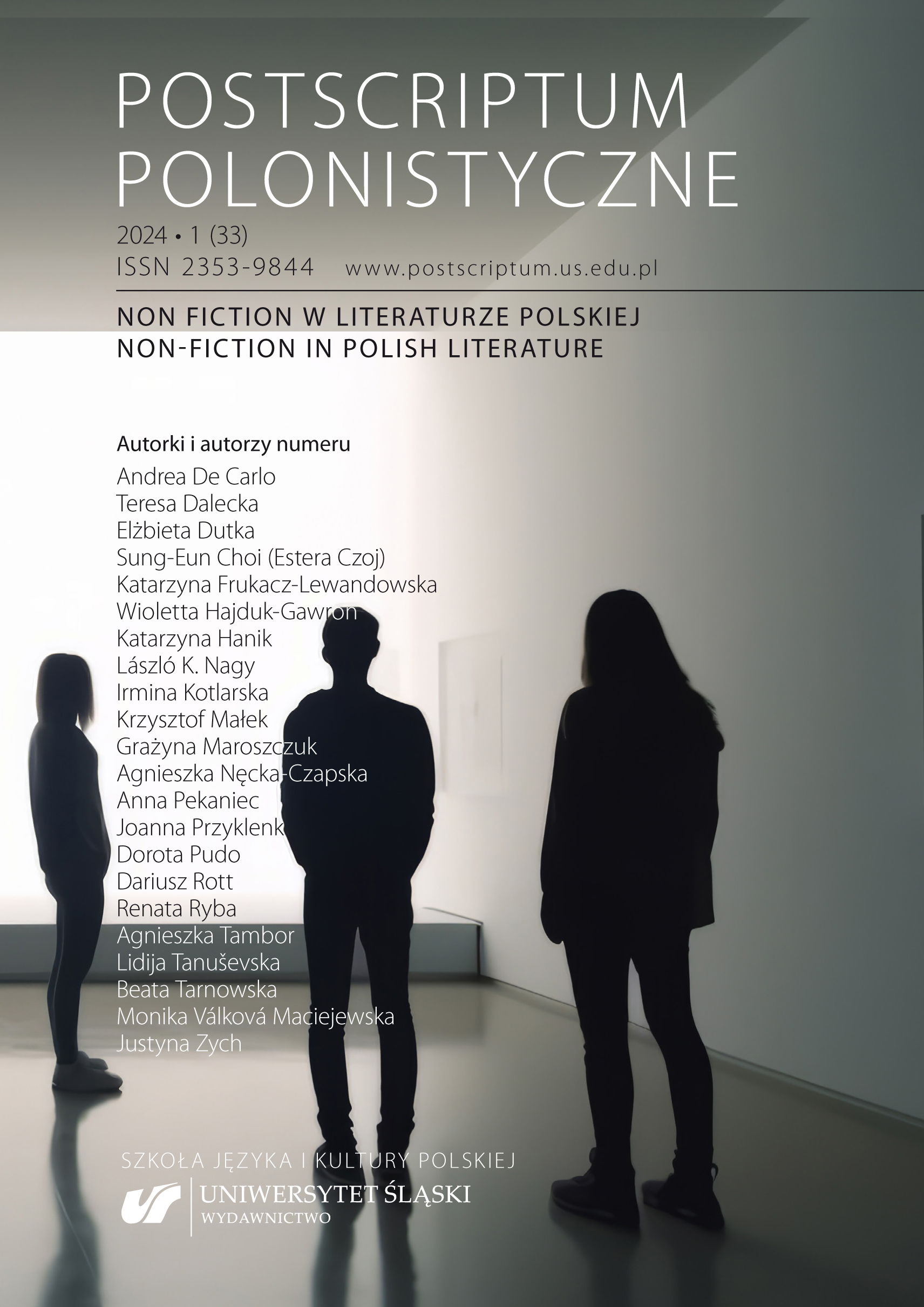
Autobiograficzna gra. O „Rozmowach w tańcu” Agnieszki Osieckiej
The aim of the article is to present a new perspective on reading autobiographical texts exemplified by Agnieszka Osiecka’s autobiography Rozmowy w tańcu. The study shows that it is extremely important for contemporary literary studies, especially for the study of autobiography, to look at texts through the concept of taboo. The context for the reflection is the author’s “autobiographical interview with herself”. The analysis presented here focuses on the form of dialogue with the poet’s alter ego employed as a strategy for playing with taboos. The narrative strategy chosen by Osiecka allows her to navigate a number of controversial topics and to create the appearance of sincerity and transparency, while maintaining full control over her story. In turn, her skilful handling of both word and form enables her to talk about difficult issues in a way that stays within her own boundaries, while at the same time meeting her readers’ expectations, by taking an interestingly different form that does not set clear genre markers for the writer (and therefore does not generate specific expectations from her readers). Ultimately, the article shows that playing with taboos leads to new narrative strategies that often determine the value of a given autobiographical text. The study falls within the field of literary studies and literary criticism.
More...

